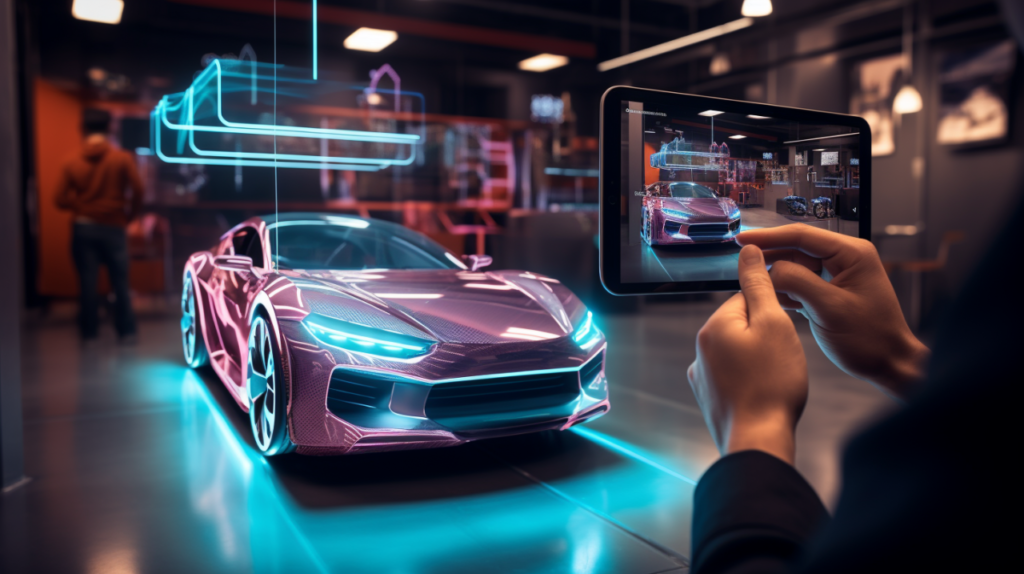
Virtual Reality For Arts & Design
The ever-evolving worlds of art and design are no strangers to technological advancements. In recent times, virtual reality for arts & design has emerged as a transformative tool that is reshaping the creative landscape. In this article, we’ll delve into the exciting realm of Virtual Reality in art and design, exploring how this technology is changing the way artists and designers work, collaborate, and engage with their audiences.
Unlocking the Potential of Virtual Reality in Art & Design
Virtual Reality is an immersive technology that transports users into computer-generated environments. In the context of art and design, VR has introduced numerous innovative applications that expand creative boundaries and provide fresh avenues for visual expression.
Advantages of Integrating Virtual Reality in Art & Design
- Immersive Creation: VR empowers artists and designers to craft three-dimensional artworks and designs within immersive virtual environments. This technology enables them to interact with their creations on a scale that mirrors the physical world.
- Global Collaboration: By bridging geographical gaps, VR facilitates seamless collaboration among artists and designers. Multiple creators can work on the same project in real time, fostering a global creative community.
- Enhanced Audience Engagement: VR exhibitions and experiences offer unparalleled audience engagement. Viewers can immerse themselves in art installations and designs, actively participating in the creative process.
- Design Prototyping: Designers can utilize VR to prototype products and architectural structures, offering an immersive platform for visualization and refinement before physical production commences. This saves both time and resources.
- New Avenues of Artistic Expression: VR introduces novel mediums for artistic expression. Artists can experiment with interactive installations, 360-degree storytelling, and multimedia experiences that push the boundaries of traditional art forms.
Applications of Virtual Reality in Art & Design
- Virtual Art Galleries: VR-powered art galleries enable artists to exhibit their work in immersive virtual environments. This allows global audiences to explore exhibitions from the comfort of their homes, redefining the art-viewing experience.
- Architectural Visualization: Architects and interior designers leverage VR to create virtual walkthroughs of architectural projects and interior designs. Clients can gain a comprehensive understanding of the proposed designs before construction begins.
- Virtual Sculpting: Artists harness VR technology to sculpt digital creations, replicating traditional sculpting techniques within the digital realm. This platform offers unprecedented possibilities for crafting intricate sculptures and 3D models.
- Interactive Art Installations: VR-driven interactive art installations invite viewers to actively engage with the artwork, creating dynamic experiences that respond to their movements and interactions.
- Fashion Design: Fashion designers embrace VR to design and visualize clothing creations in three dimensions. This digital approach allows for experimentation with colors, fabrics, and styles before physical prototypes are crafted.
Conclusion
Virtual Reality is leaving an indelible mark on the fields of art and design, presenting limitless creative opportunities and re-imagining how artists and designers express themselves. As technology continues to advance, VR will play an increasingly pivotal role in shaping the future of creativity. Whether you’re an artist seeking novel means of expression or a designer aiming to streamline your workflow, the incorporation of Virtual Reality in art and design opens doors to an exhilarating world where innovation knows no bounds. Step into this digital realm, unlock your creative potential with VR, and let your imagination soar boundlessly.

